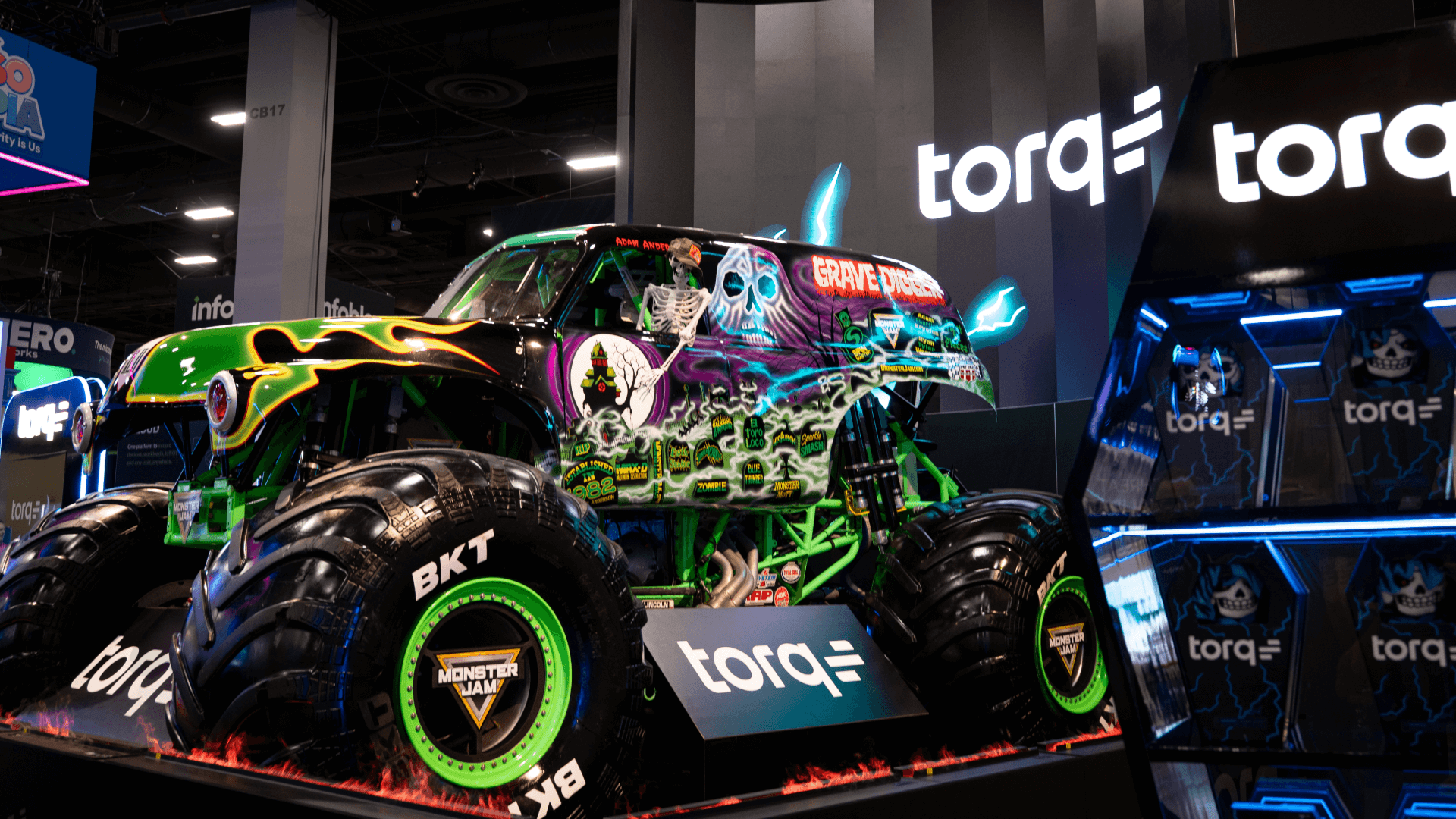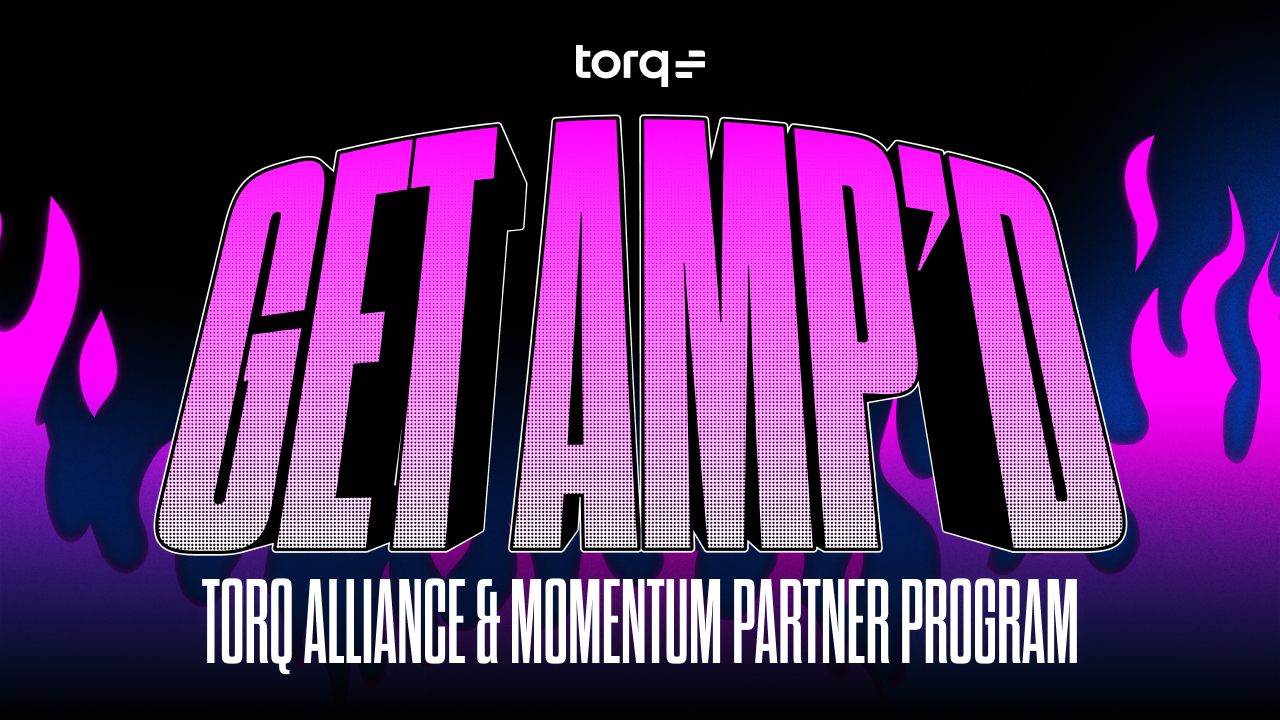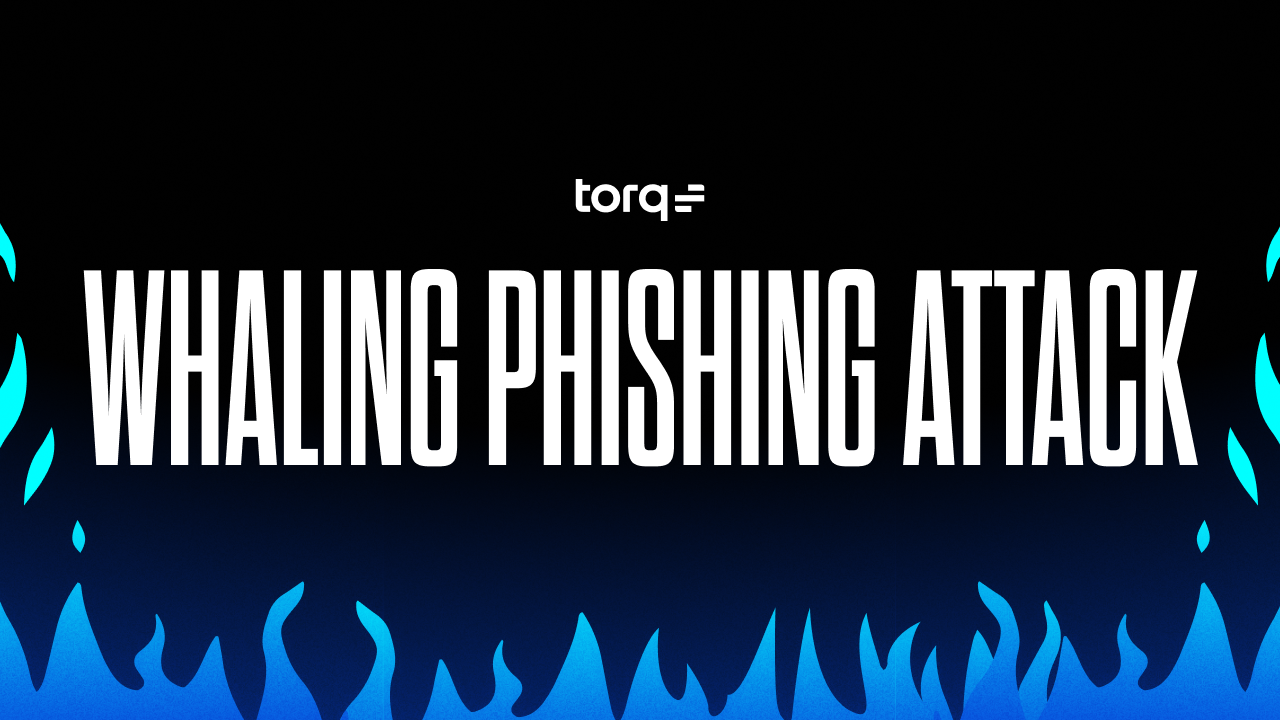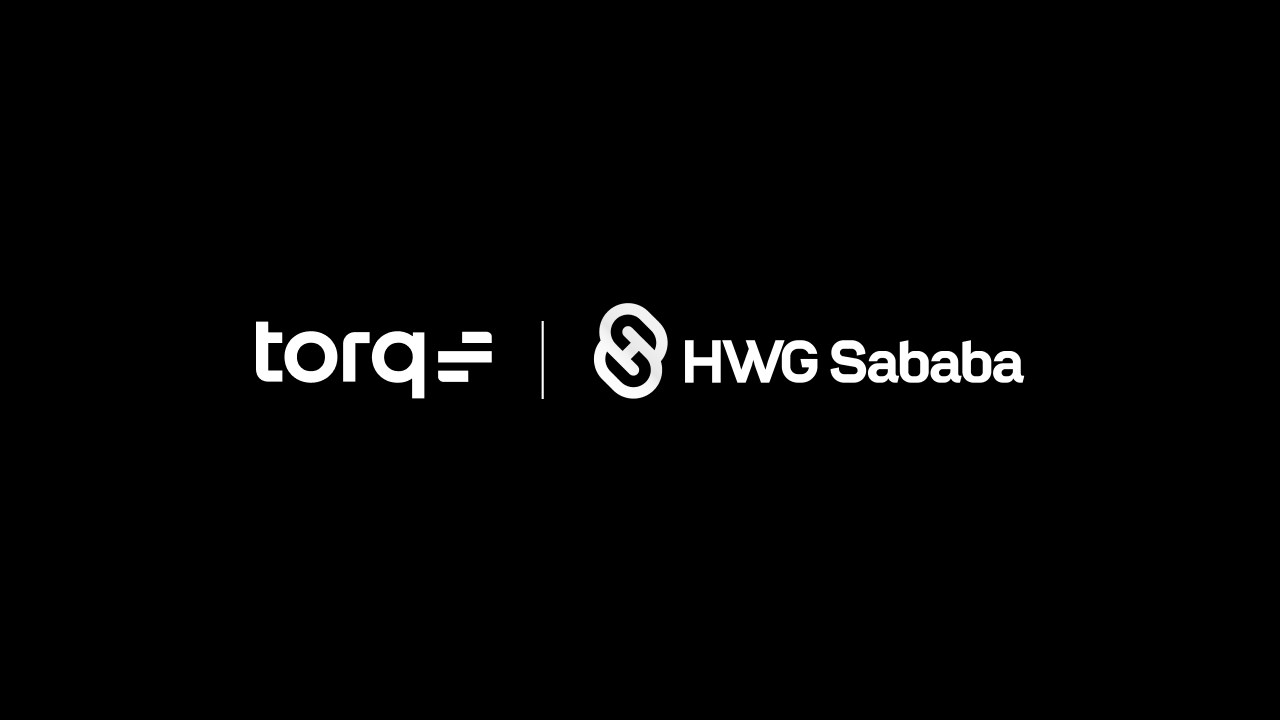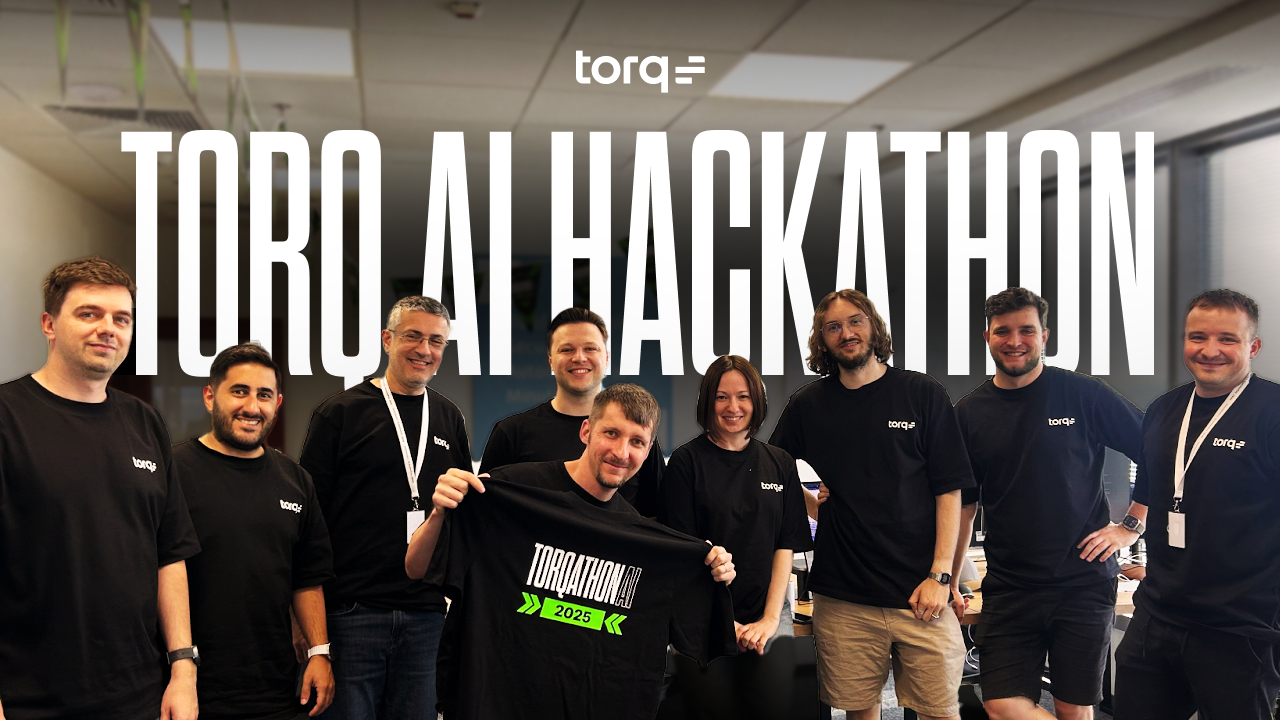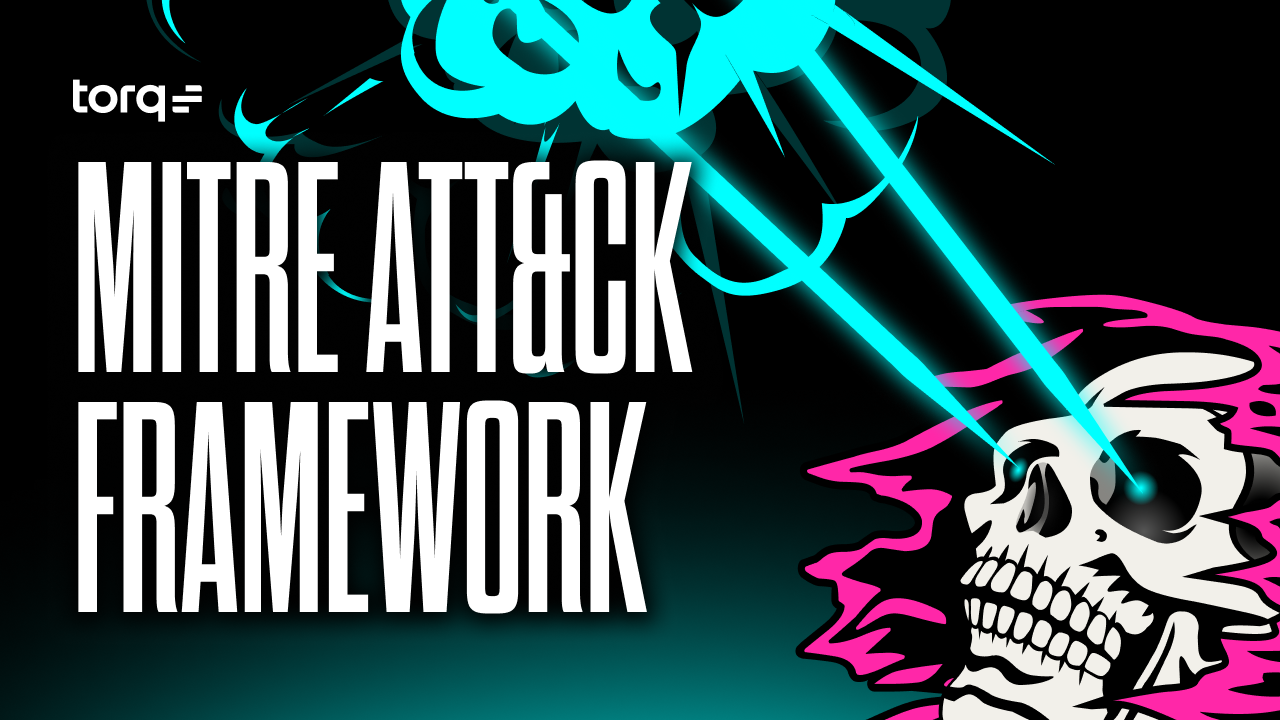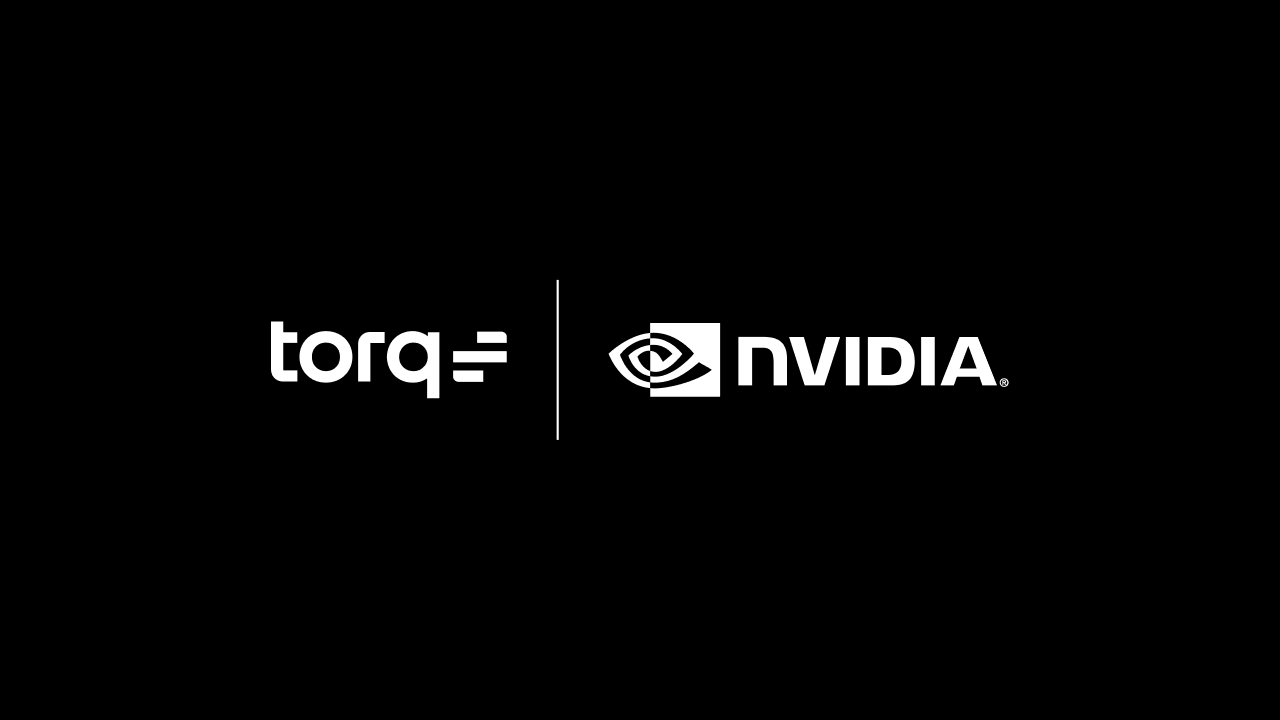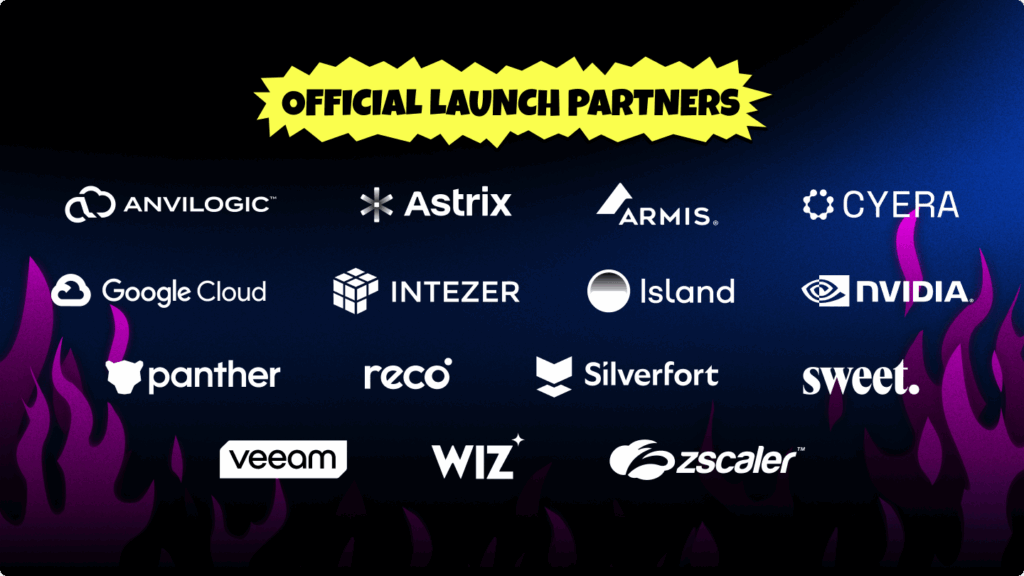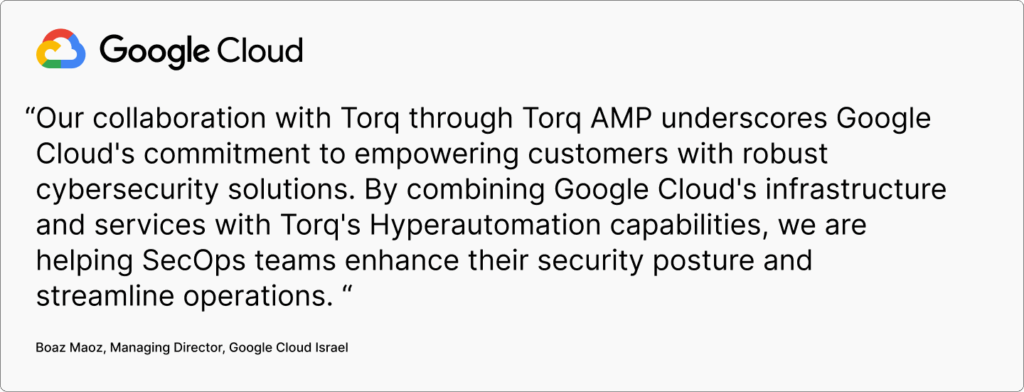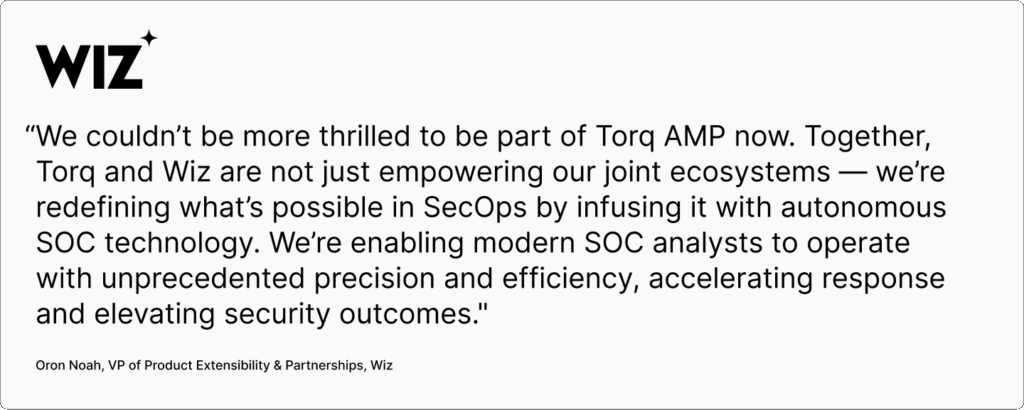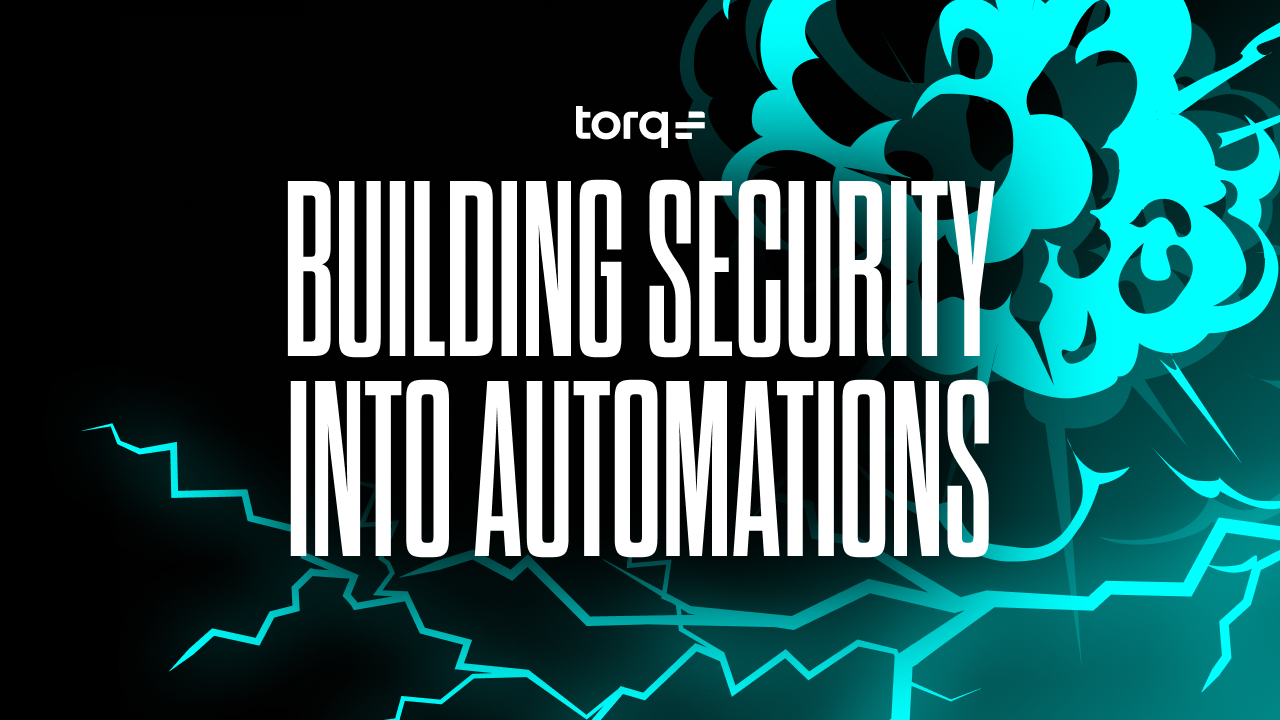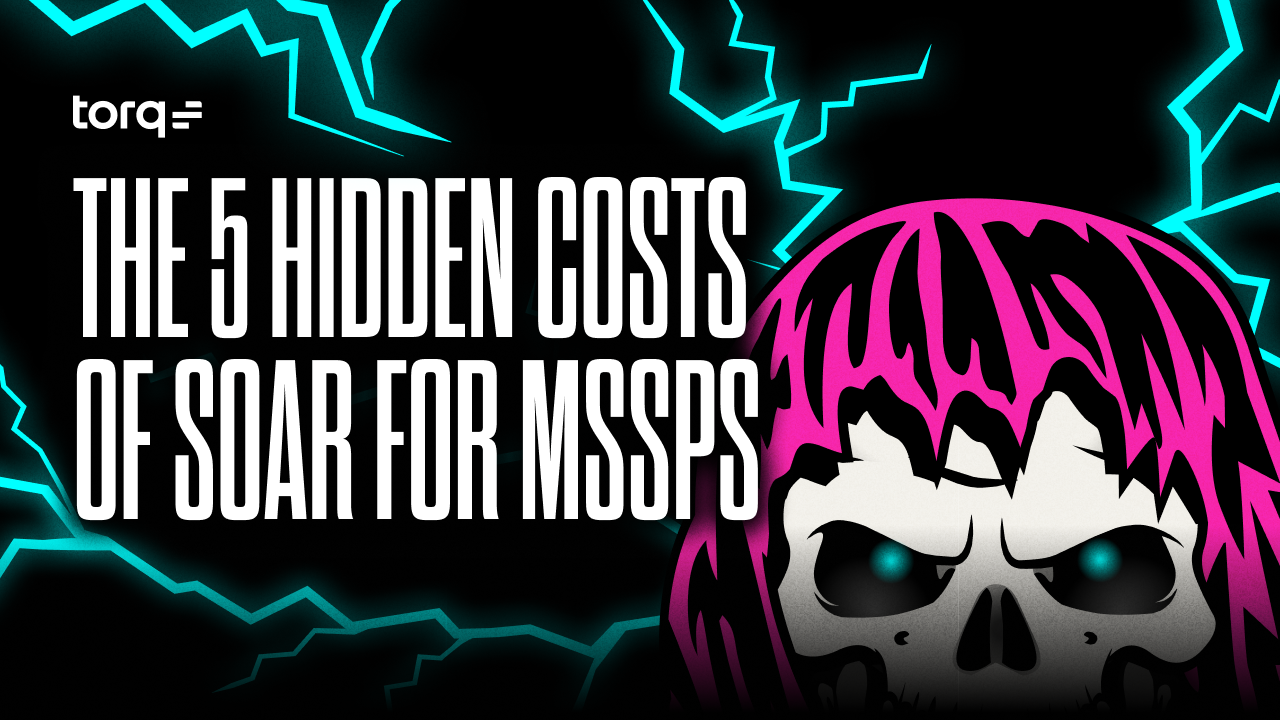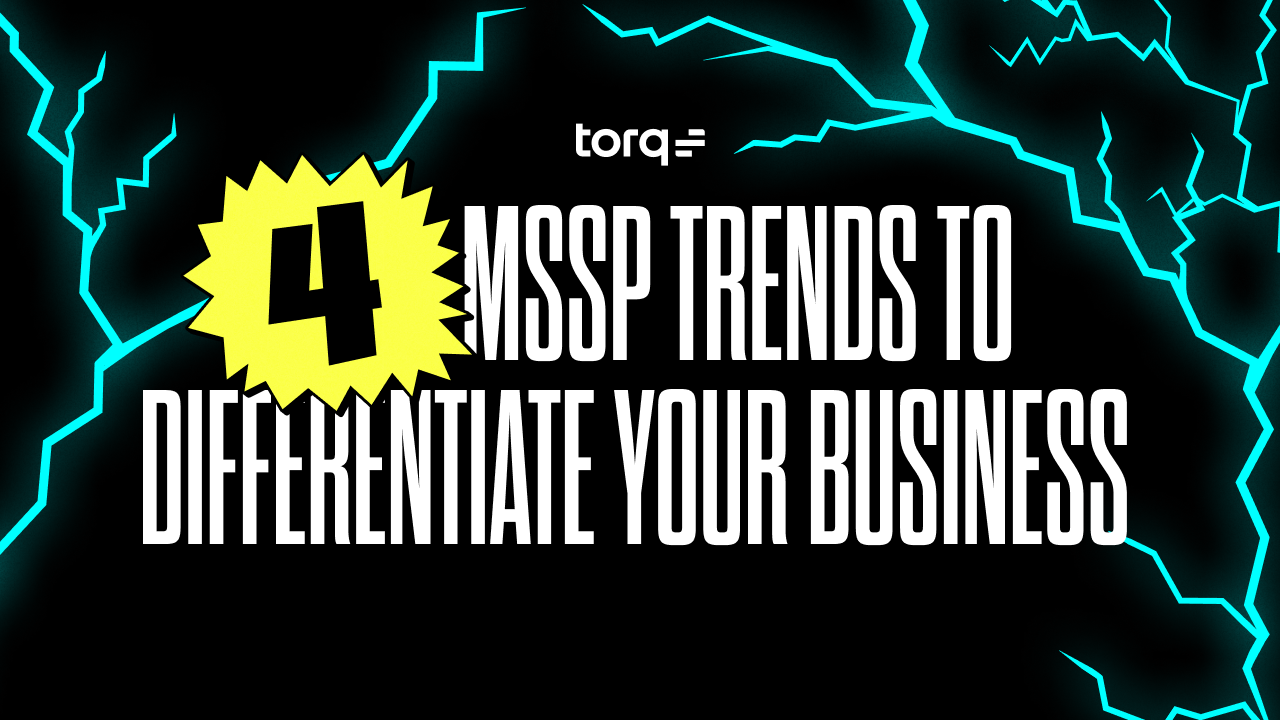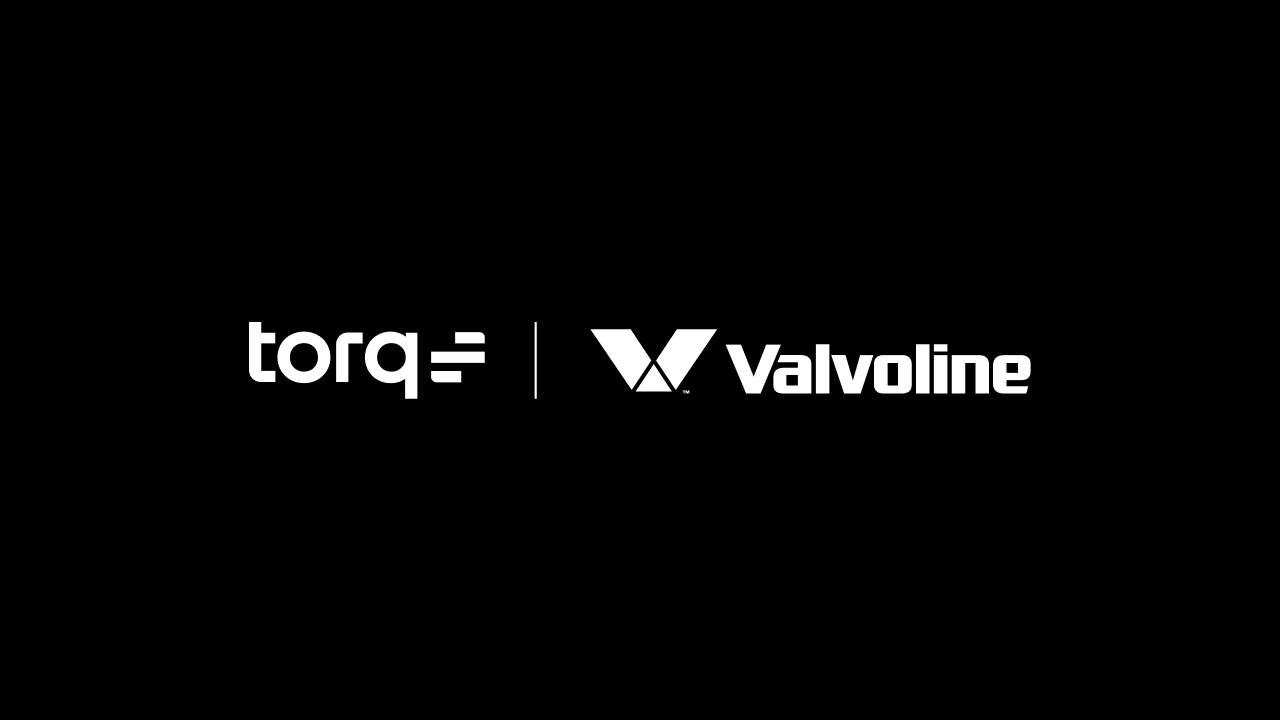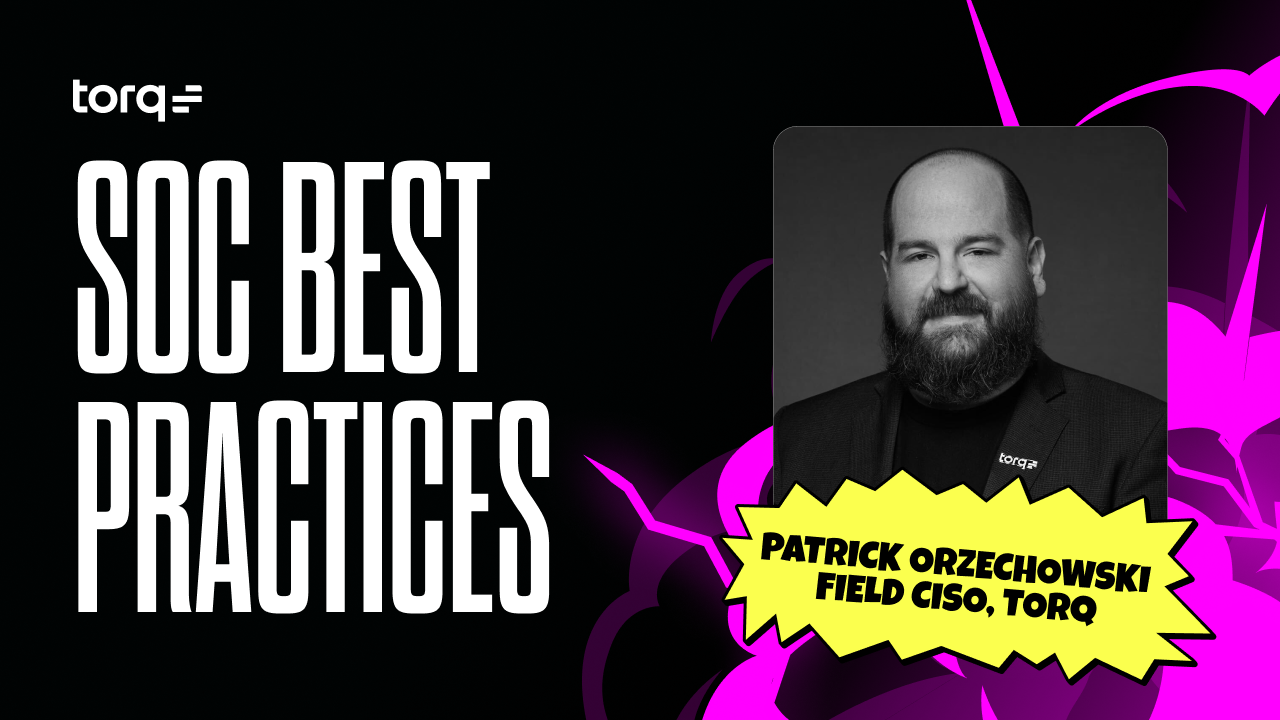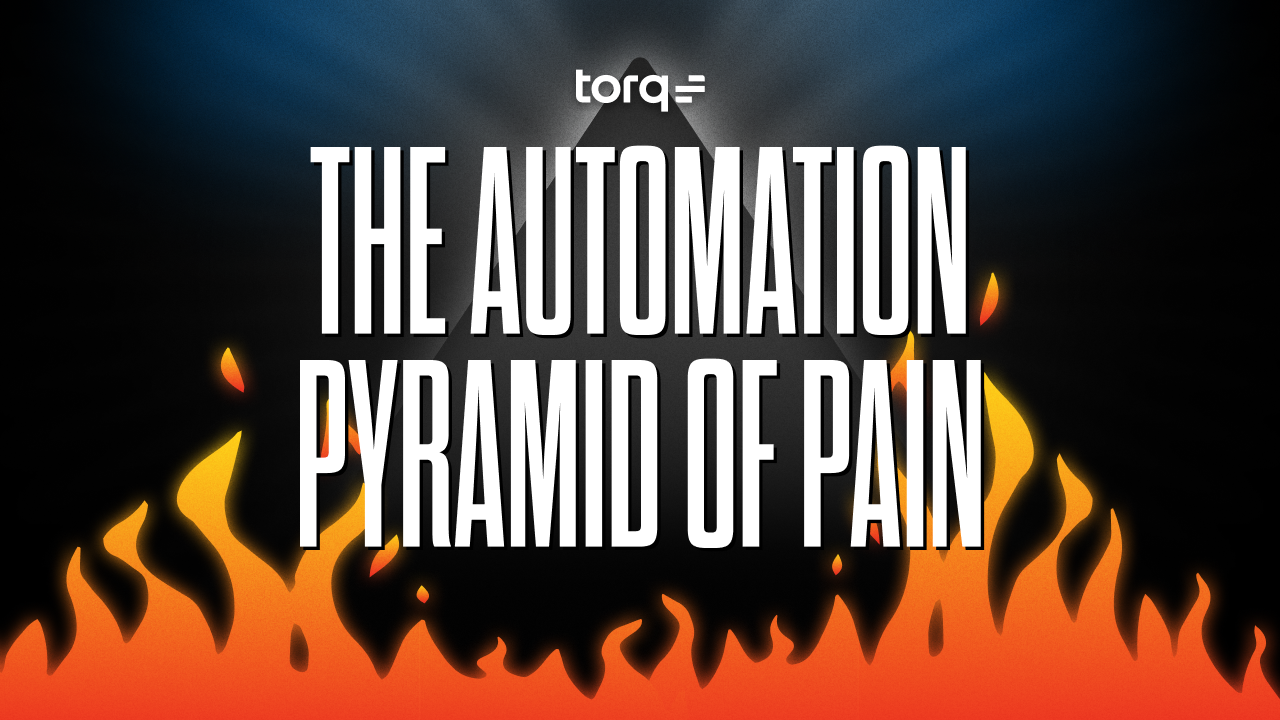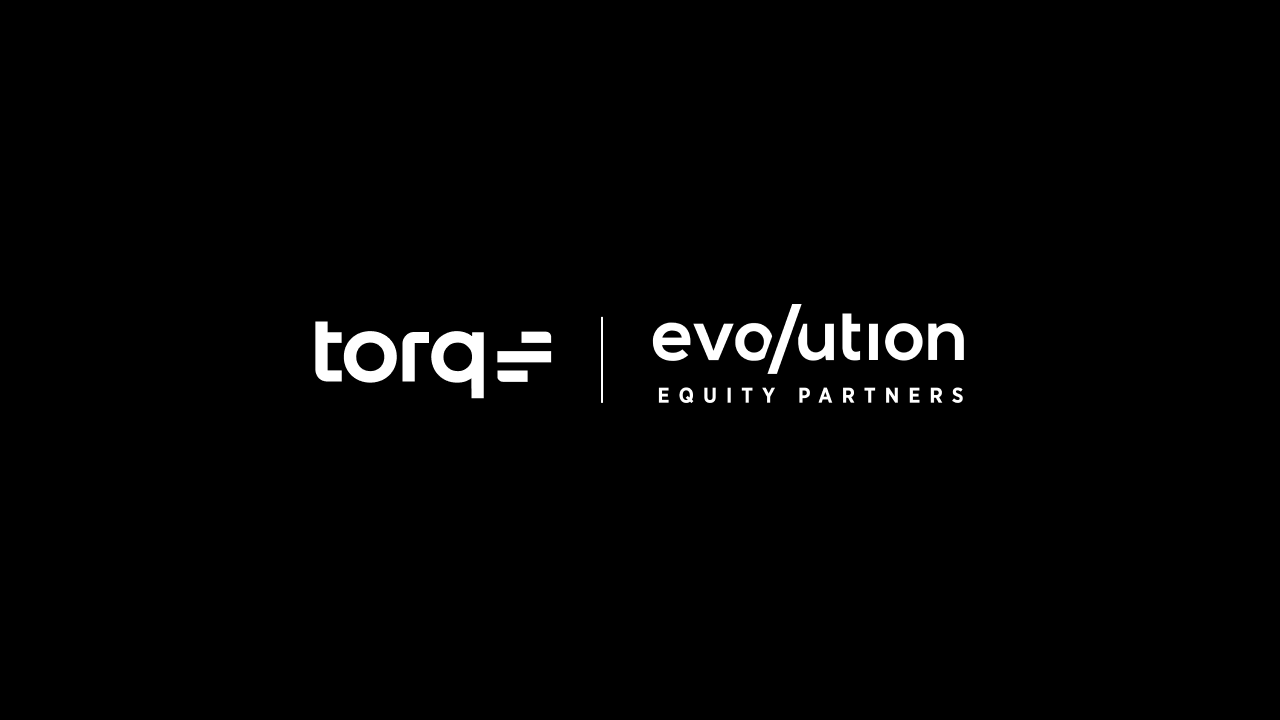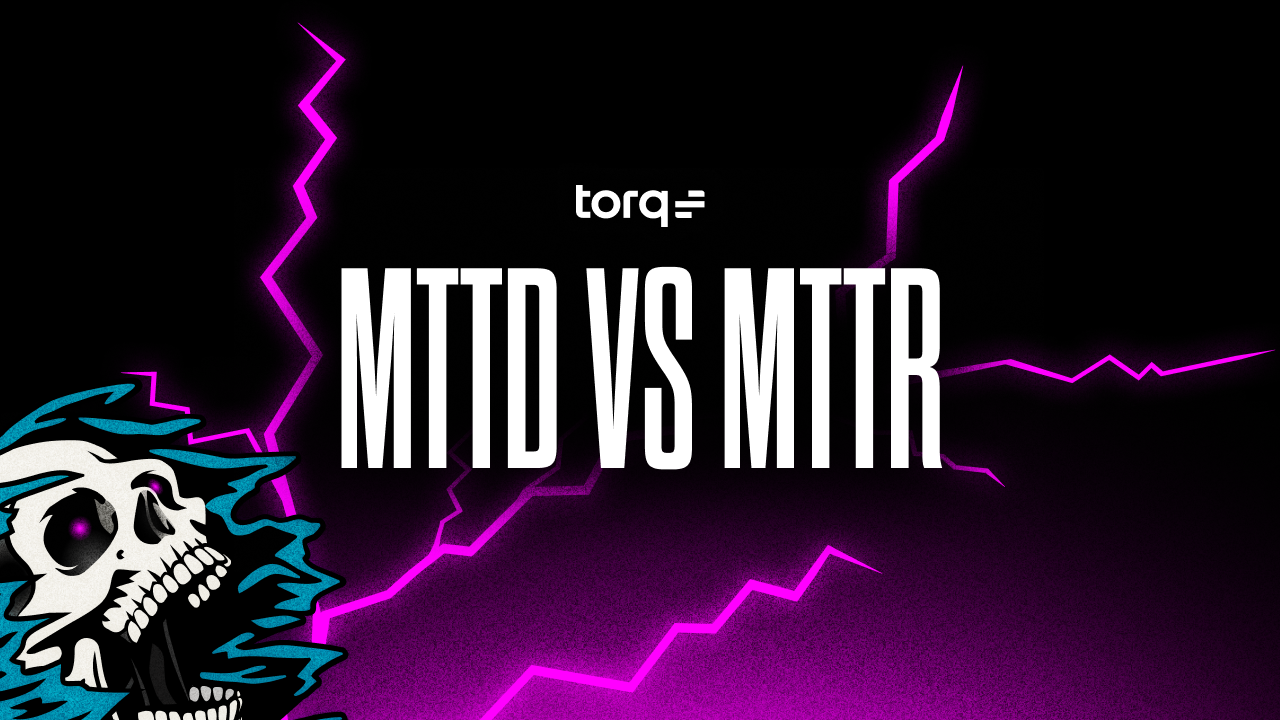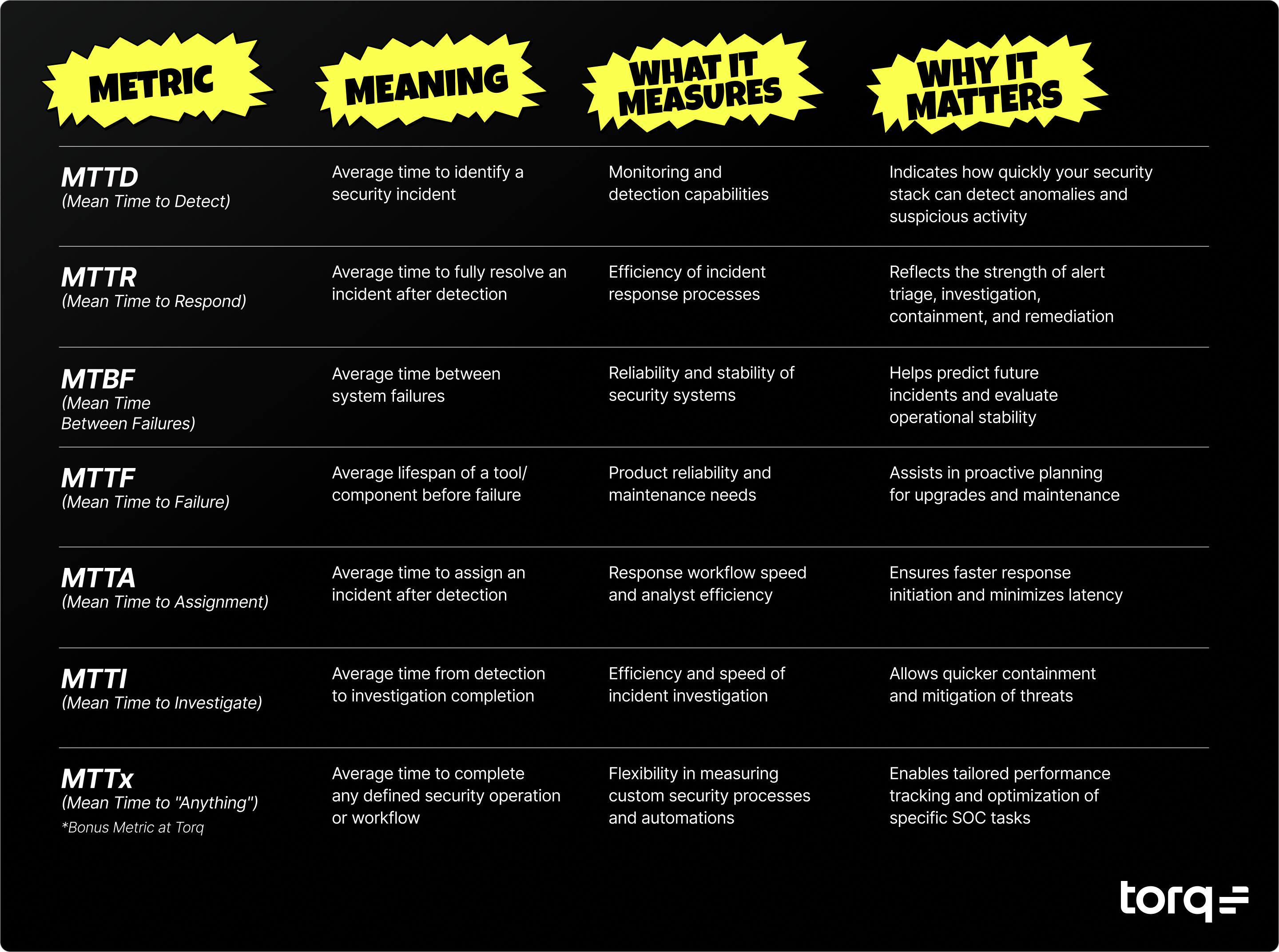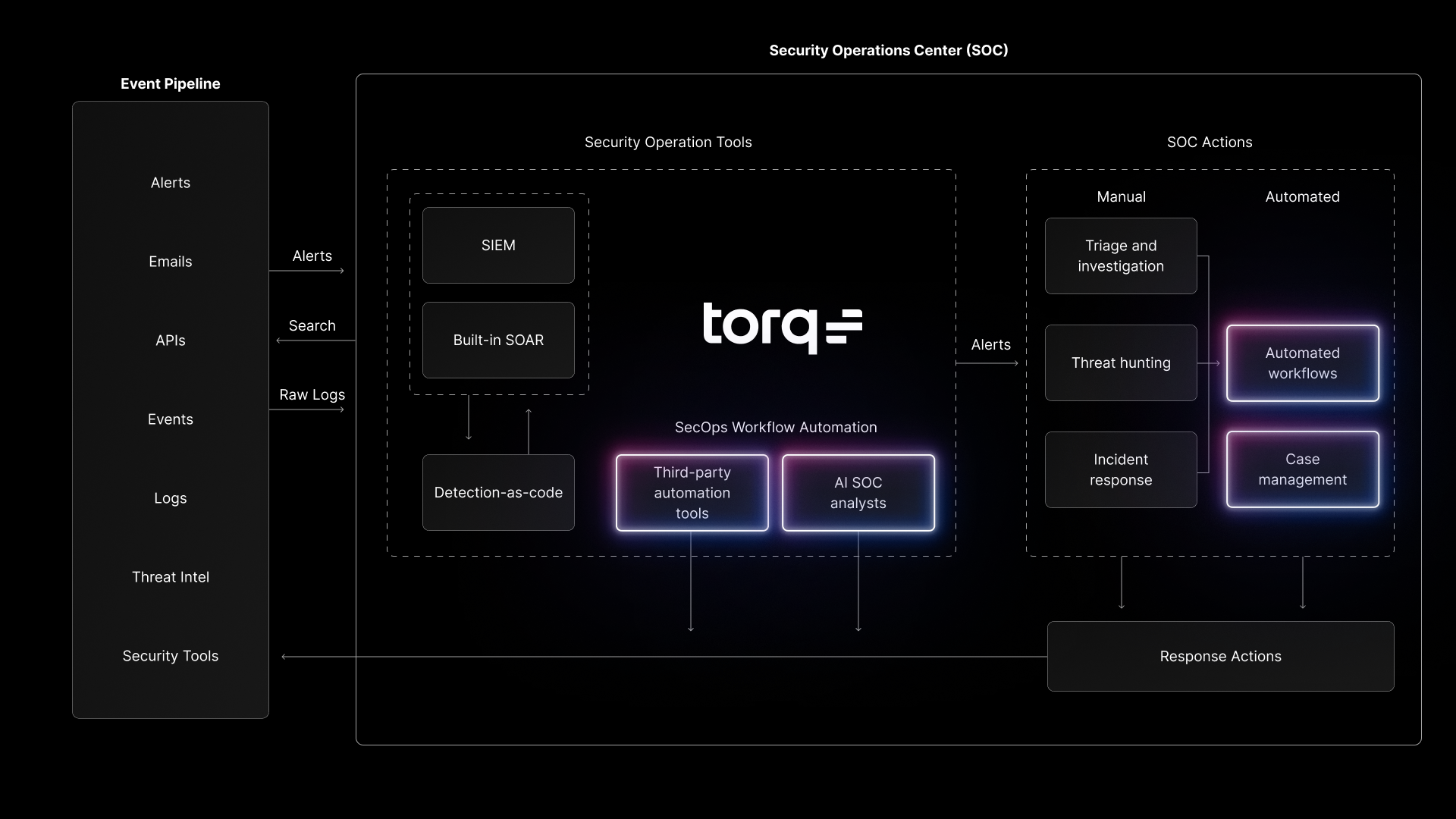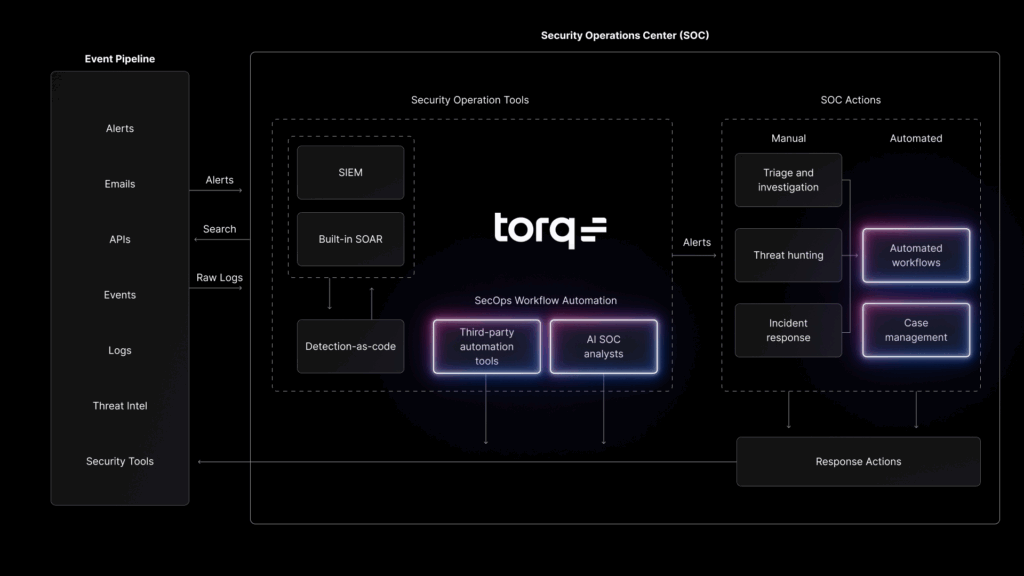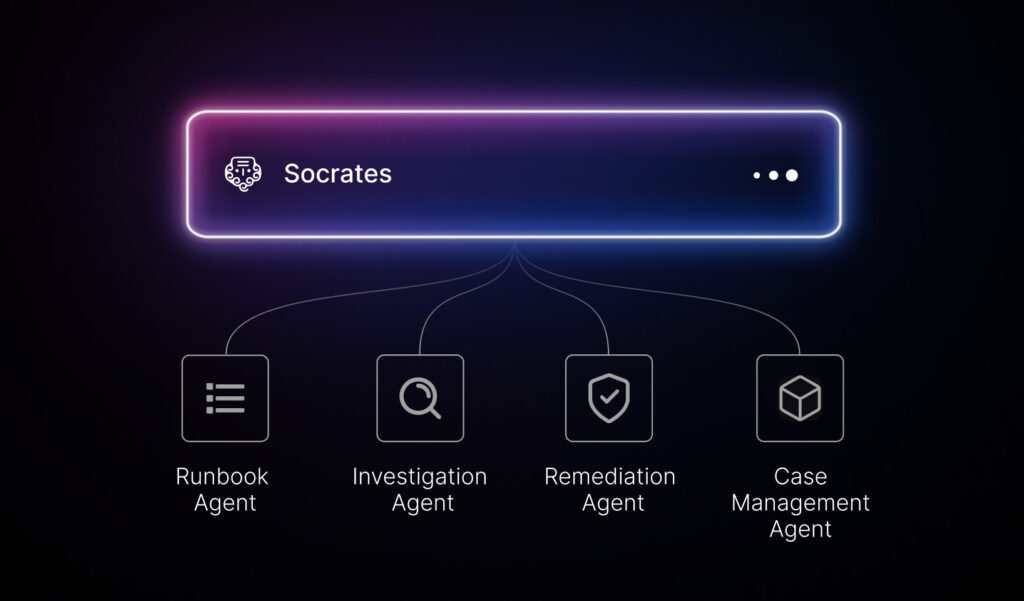Contents
Torq’s mission at Black Hat 2025 was simple: go big or go EVEN BIGGER.
Yes, Grave Digger was in the booth again — but the real show-stopper that kept attendees around was our agentic AI-driven Torq HyperSOC™ demo. Oh yeah, and our Junior Media Intern Trevor was seen wandering around Las Vegas with a new furry, yellow frenemy…. more on that later.
Here are all the Black Hat highlights.
The Pre-Show Buzz: AMP, AI Internships & Fortune Top 50
Torq kicked off the week before Black Hat with a big reveal: a new Alliance & Momentum Partner (AMP) Program, with launch partners including Google Cloud Platform, Wiz, NVIDIA, Zscaler, Astrix, Intezer, Panther, Sweet Security, and more. Forget pay-to-play tiers and red tape. The Torq AMP program provides the go-to-market muscle, marketing firepower, and joint solution innovation to move beyond basic integrations and create the world’s leading ecosystem of agentic AI cybersecurity expertise.
“For years, integrations were treated as check-the-box activities, such as basic API connectors or one-way data flows. But security teams don’t need more connectors. They need outcomes. That’s where Torq AMP comes in. It gives partners a direct path to operationalizing agentic AI through real-world solutions, not just theoretical ideas.”
Torq also announced a new nationwide AI internship program in partnership with AI4ALL. The program pairs underrepresented college students with hands-on experience in real-world cybersecurity and AI projects at Torq. Forbes described how “it goes beyond just job shadowing or résumé building. Interns will be mentored by Torq’s R&D and AI leadership teams while contributing directly to product innovation.”
To top off the pre-show spotlight, Torq was named one of Fortune’s Top 50 Cybersecurity Companies of 2025.
LinkedIn Votes: Best Booth at Black Hat 2025
What does a monster truck have to do with security operations? NOTHING AT ALL, BUT WHO CARES? IT’S FREAKIN’ GRAVE DIGGER! Oh, and also because Torq is on tour nationwide with Monster Jam® — RSVP for your city here!
The LinkedIn-osphere lit up with post after post after post calling Torq “the best booth at Black Hat”. (And “wicked”, “coolest”, “my first stop”, “killer”, “awesome”, and “the bomb”… We could keep going but we’re already blushing.)
The Hottest Demo in Cybersecurity
Grave Digger may have turned heads, but it was our demo that kept security pros hanging around Torq’s booth.
Torq HyperSOC™ is the AI-native autonomous SOC purpose-built to crush the SOC’s biggest challenges and pain points. HyperSOC integrates with your full security stack to automate, manage, and monitor critical SOC responses at machine speed to clear out Tier-1 grunt work and free your team to focus on critical threats.
The Torq platform was recognized as one of the “most feature-rich platforms” in Software Analyst Cyber Research’s comprehensive new 2025 AI SOC Industry Report from Francis Odum and Rafal Kitab. Torq stood head and shoulders above for delivering “notable improvements in detection and response” with an “extensive feature set” that goes beyond traditional SOC scope. (Francis loved our Black Hat booth ❤️, BTW.)
Want to see Torq HyperSOC in action and ask all your questions? Attend our half-hour live virtual demo. Save your spot.
Hyper-AUTO-Mation: Why Carvana’s CISO Bet on Agentic AI for 5X SOC Efficiency
Dina Mathers, CISO at Carvana, joined Torq’s Field CISO Patrick “PO” Orzechowski on stage to discuss her experience in applying Carvana’s AI-first mindset to the SOC “not just in talk but in actual execution” by becoming an early adopter of Torq HyperSOC.
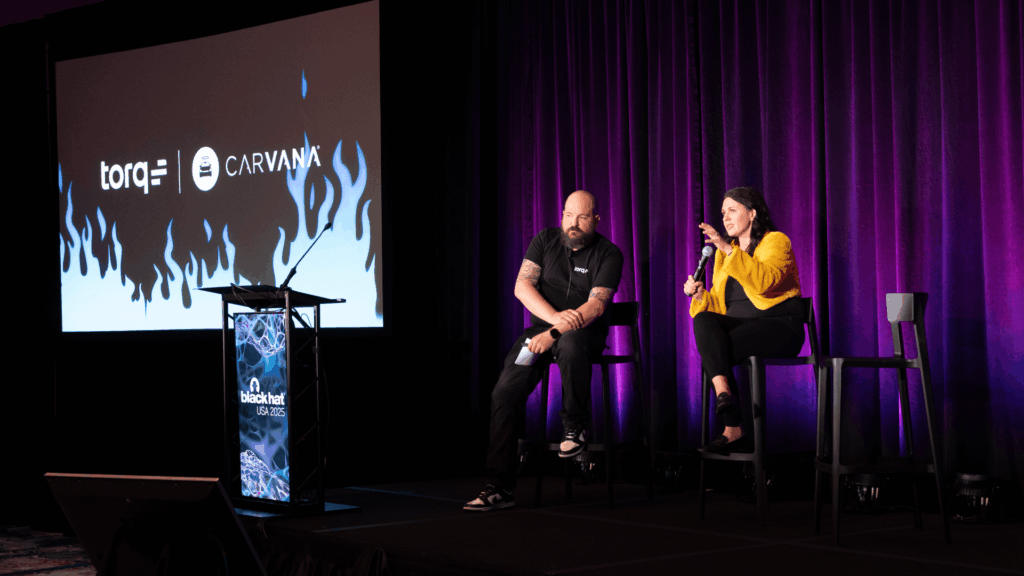
With a lean team, Dina knew her SOC couldn’t afford the analyst burnout that comes with the mundane, repetitive low-level work of triaging alerts and hopping across screens to respond. “Who wants to spend their time doing that?” she asked the audience.
Dina explained how the Fortune 500 company “now legitimately has 100% of our Tier-1 and Tier-2 security events triaged by our [Torq] AI SOC Analyst that’s basically an extension of our team” — dramatically reducing costs and boosting team morale by allowing them to focus on strategic work. Ultimately, Dina’s message to other CISOs was simple: “Let’s not be the Department of ‘No’. Lean into AI. Try it out.”
“Leveraging AI seemed to me like a no-brainer…. We have materially improved our operations. We’ve dramatically reduced the cost of operating a security operations center to the point where we can reallocate those funds to different technologies that we need.”
WTF Was That Furry, Yellow Thing?

Did you see the SOC Goblin at Black Hat and wonder “what the heck is that?” Turns out, 96% of security operation centers have a SOC Goblin lurking in the corner slowing down MTTR and burning out analysts — and they don’t even know it. Luckily, Torq can make SOC Goblins ✨disappear✨. Learn how.
This particular SOC Goblin was kickin’ it at Black Hat 2025 with our Junior Media Intern Trevor as he tried to get a SOC du Soleil show off the ground. (Don’t ask). Check out their misadventures from traveling across the country in a van to arriving in Vegas to causing a scene.
Agentic AI in the SOC That’s Real
Agentic AI was THE buzzword of Black Hat 2025 and it seems like every vendor has their own AI Agent for SecOps. But there’s a big difference between marketing hype and actual AI in production handling real-world use cases in Fortune 500 environments. Torq Co-Founder and CEO Ofer Smadari recently sat down for a video interview with BankInfoSecurity to share how Torq’s autonomous AI agents accurately resolve threats at scale.
Want to see Torq’s agentic AI in action? Request a demo. And learn more about how Torq HyperSOC saves your SOC with our new manifesto.

